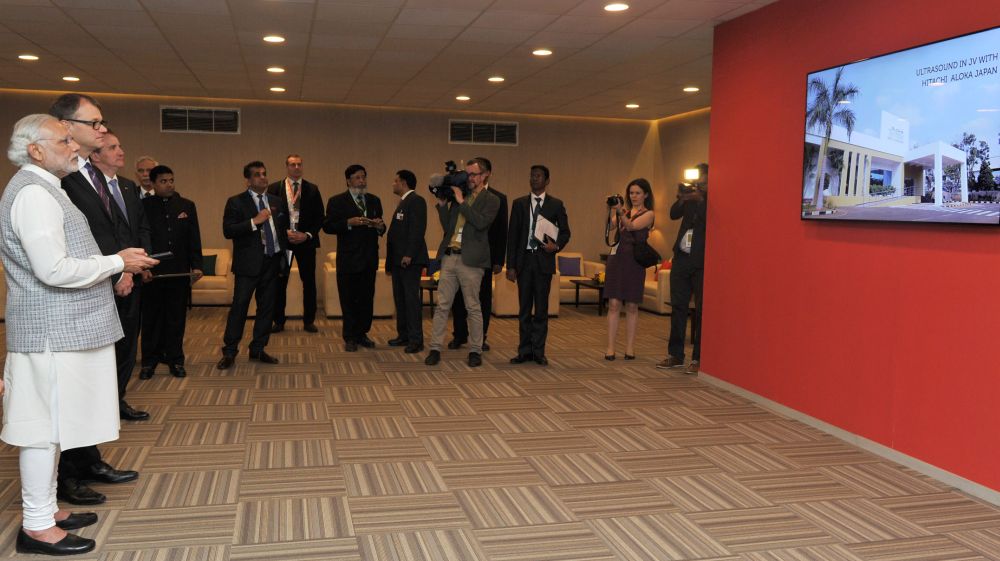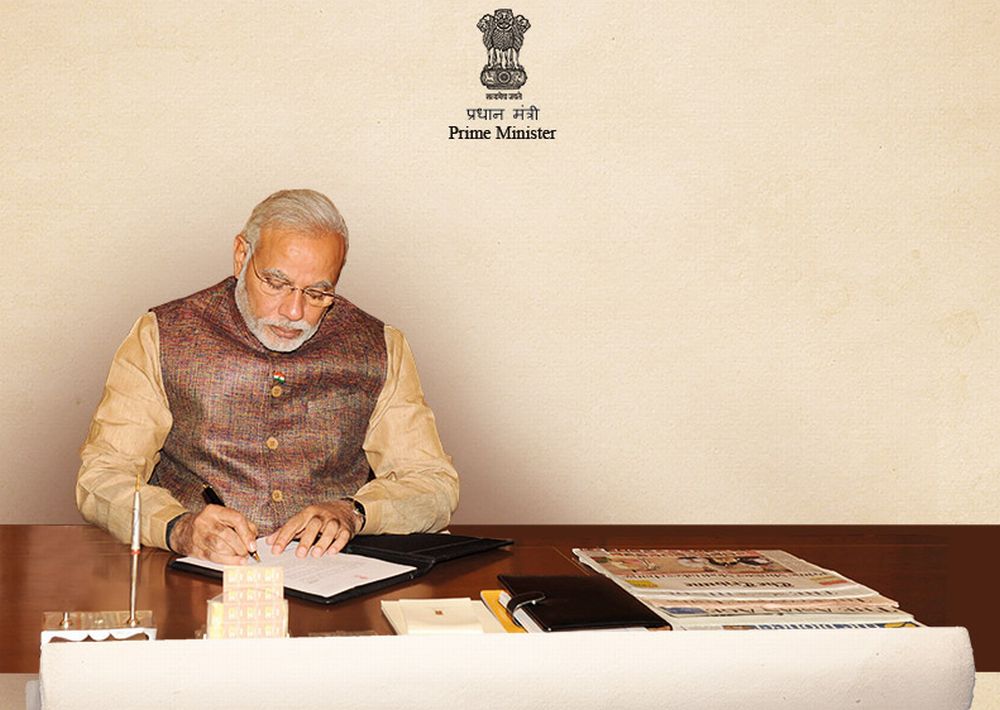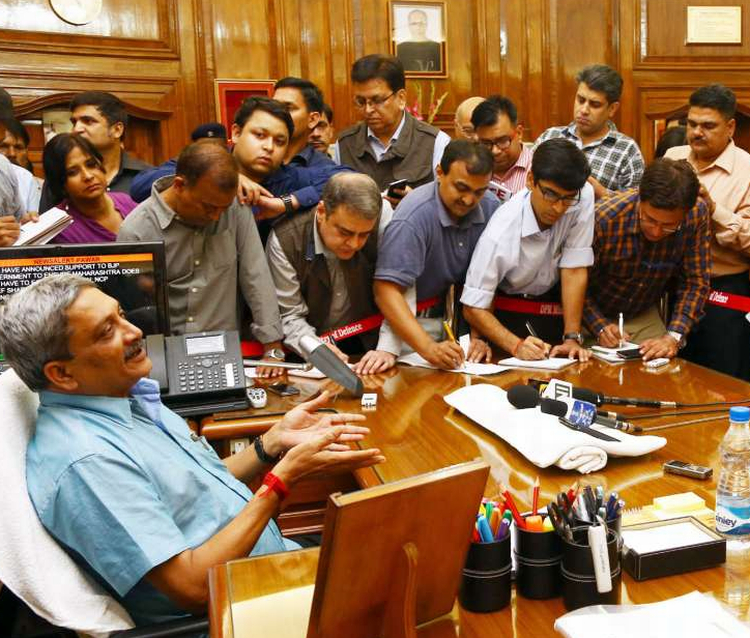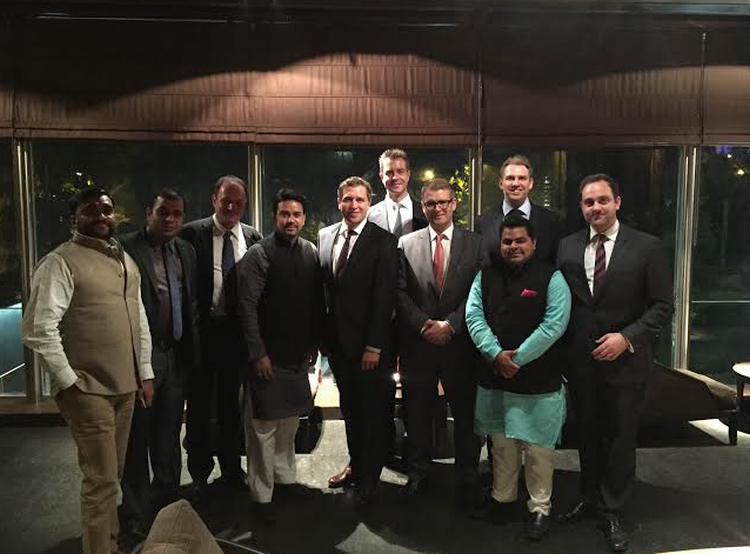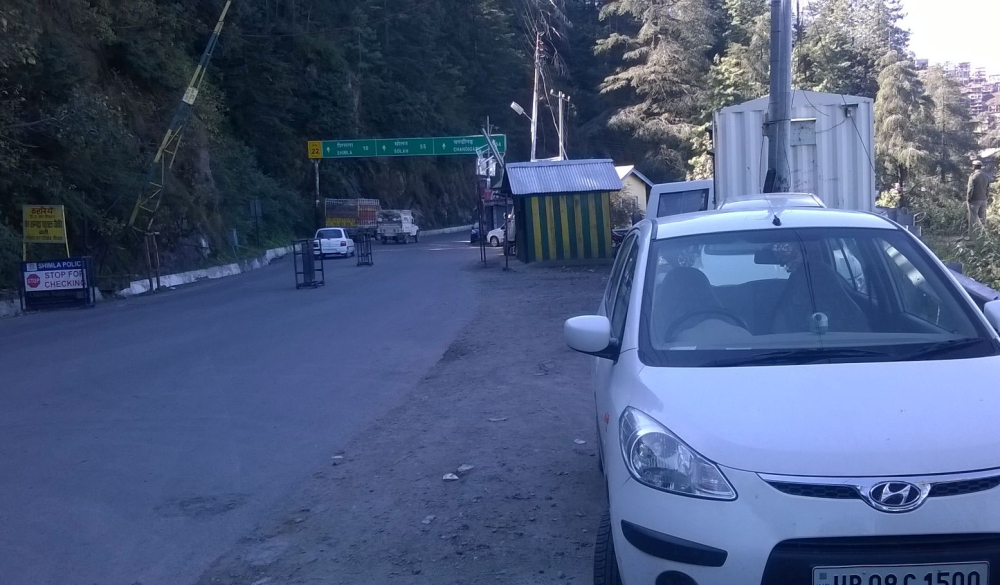Achieving self-reliance and reducing dependence on foreign countries in defence is a necessity today rather than a choice, both for strategic and economic reasons. The Government in the past has created production capabilities in defence in form of Ordnance Factories and Public Sector Undertakings to cater to the requirements of our Armed Forces. However, there is a need to enlarge the role of Indian private sector as well to develop capabilities and capacities for production of various defence equipments.
Our Prime Minister has taken a very important initiative in form of ‘Make in India’ to promote and encourage domestic manufacturing of various items. The requirement for domestic production of defence equipment is more than for any other sector because it will not only save precious foreign exchange but will also address the national security concerns.
Government being the only consumer, ‘Make in India’ in defence sector will be driven by our procurement policy. The Government policy of promoting domestic defence industry is adequately reflected in the Defence Procurement Policy, wherein preferential treatment is given to ‘Buy (Indian)’ and ‘Buy and Make (Indian)’ categories of acquisition over ‘Buy (Global)’.
In the days to come, import is going to be the rarest of the rare option and first opportunity would be given to the Indian Industry to develop and manufacture the required systems. As Indian companies presently may not have adequate capabilities in terms of technology, they are encouraged to partner with foreign companies for joint ventures, technology transfer arrangements and tie-ups.
If we look at the profile of Acceptance of Necessity (AONs) granted by Defence Acquisition Council (DAC) in the last couple of months after the new Government has come to power, proposals worth more than Rs.65,000 crores have been categorized under ‘Buy (Indian)’ and ‘Buy and Make (Indian)’. The process of further orienting the Defence Procurement Procedure towards procurement from domestic industry will continue in future as well. The procurement process would be made more efficient, time bound and predictable so that the industry can plan its investment and R & D well in advance to meet the requirement of our armed forces.
Till now, there were many entry barriers for the domestic industry to enter into defence sector in terms of licensing, FDI policy restrictions etc. In the last six months, the Government has taken several policy initiatives to ease the process of entry into defence manufacturing.
The most important is the liberalization of the FDI policy regime for Defence sector to encourage foreign investment in the sector. FDI up to 49% is allowed through Government route (with FIPB approval). FDI above 49% is also allowed on a case-to-case basis with the approval of Cabinet Committee on Security wherever the proposal is likely to result in access to modern and state-of-the-art technology in the country. Restrictions in earlier policy related to Foreign Institutional Investment (FII) and majority shareholding to be held by single Indian shareholder have been removed.
Even though private sector industry was allowed to enter in defence manufacturing since 2001, after obtaining industrial licence under IDR Act, the process of obtaining industrial licence was very cumbersome and used to act as a major road block for the industry, particularly small and medium industry, who were in the business of making part, components, sub systems and sub-assemblies.
The Government liberalized the licensing policy and now most of the components, parts, raw materials, testing equipments, production machinery, castings, forgings etc. have been taken out from the purview of licensing. The companies desirous of manufacturing such items no longer require industrial licence and will also not be subjected to FDI ceiling of 49%. A comprehensive Security Manual indicating the security architecture to be followed by various class of industries has been put in public domain, so that companies could easily access the same and follow it accordingly. The initial validity of industrial licence has been increased from two to three years.
For the first time, a Defence Export Strategy has been formulated and has been put in public domain. The strategy outlines specific initiatives to be taken by the Government for encouraging the export of defence items. It is aimed at making the domestic industry more sustainable in the long run as the industry cannot sustain purely on domestic demand.
A Standard Operating Procedure (SOP) for issue of NOC for export of military stores has been finalised and has also been put in public domain. Requirement of End User Certificate (EUC) to be signed and stamped by Government authorities has been dispensed with for most of the defence items, particularly parts, components, sub-systems and sub-assemblies. This will largely ease out the export by the domestic industry. A web-based online system to receive applications for NOC for export of military stores has been developed and has been put in place.
There is a big opportunity in the defence sector for both domestic and foreign investors. We have the third largest armed force in the world with an annual budget of about US$ 38 billion and 40% of this is used for capital acquisition. In the next 7-8 years, we would be investing more than US$ 130 billion in modernization of our armed forces and with the present policy of MAKE IN INDIA, the onus is now on the industry to make best use of this opportunity for the benefit of both the business as well as the nation. Besides, under offset more than Rs. 25000 crore obligations are to be discharged in next 7-8 years.
While on the one hand, Government is making necessary policy changes with regard to procurement, investment including FDI, licensing, export etc., the industry also needs to come up and accept the challenge of up-gradation in terms of technology and required investments.
Defence is the sector which requires huge investments and technology and is driven by innovation. The industry, therefore, has also to change its mindset and think for long term rather than temporary gains. We need to focus more on Research and Development and state of the art manufacturing capabilities. The Government is fully committed to create an eco-system for the domestic industry to rise and to provide a level-playing field to all sectors of industry, both public and private.
*Article is featured in PIB feature segment and is written by Manohar Parrikar, Union Minister for Defence, Government of India





